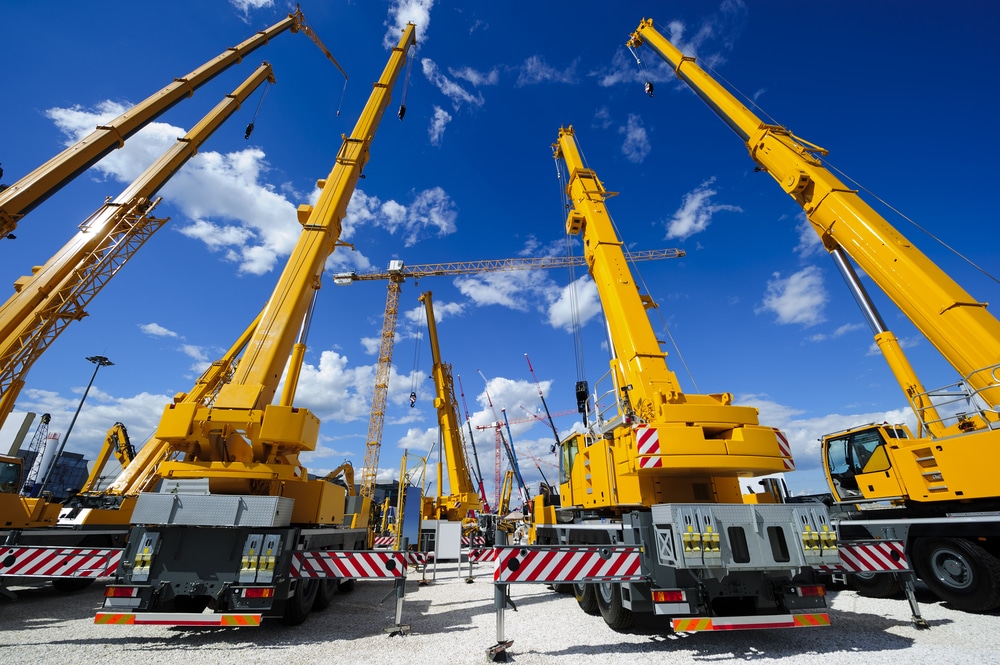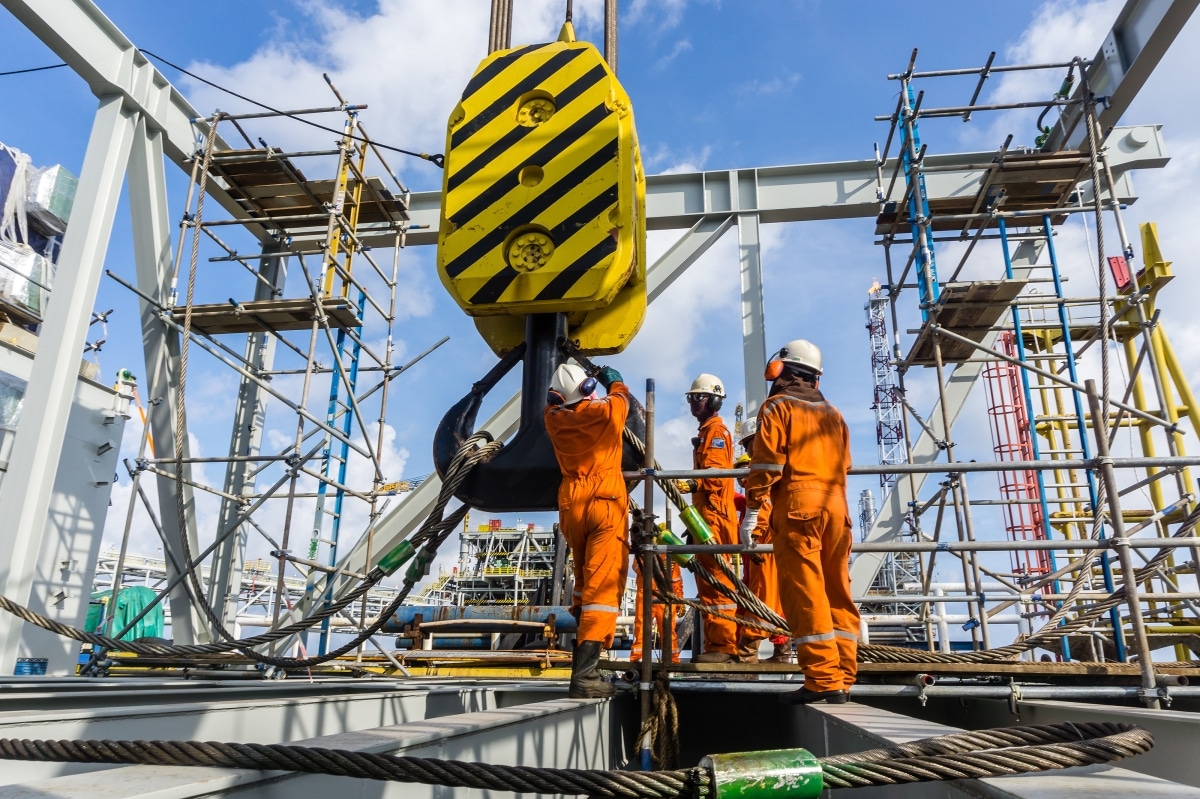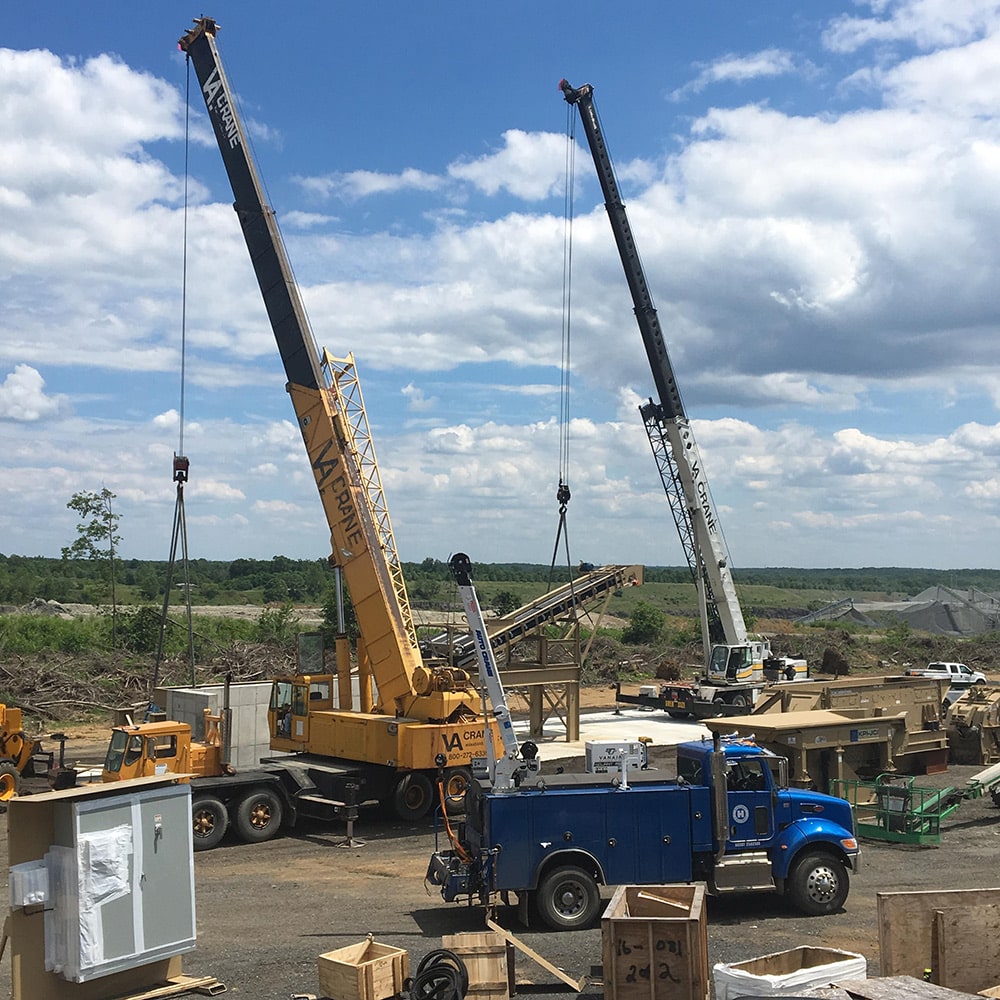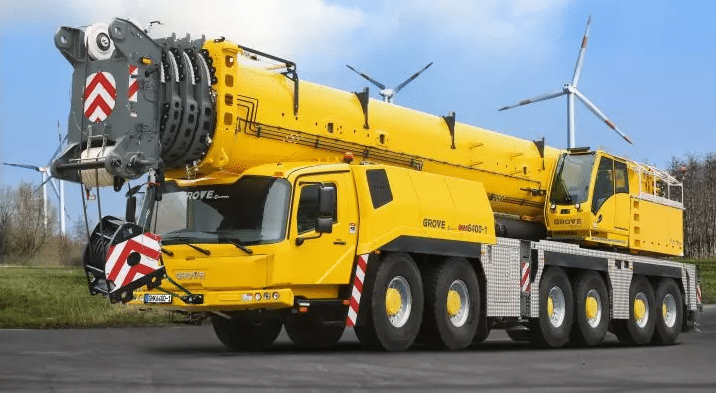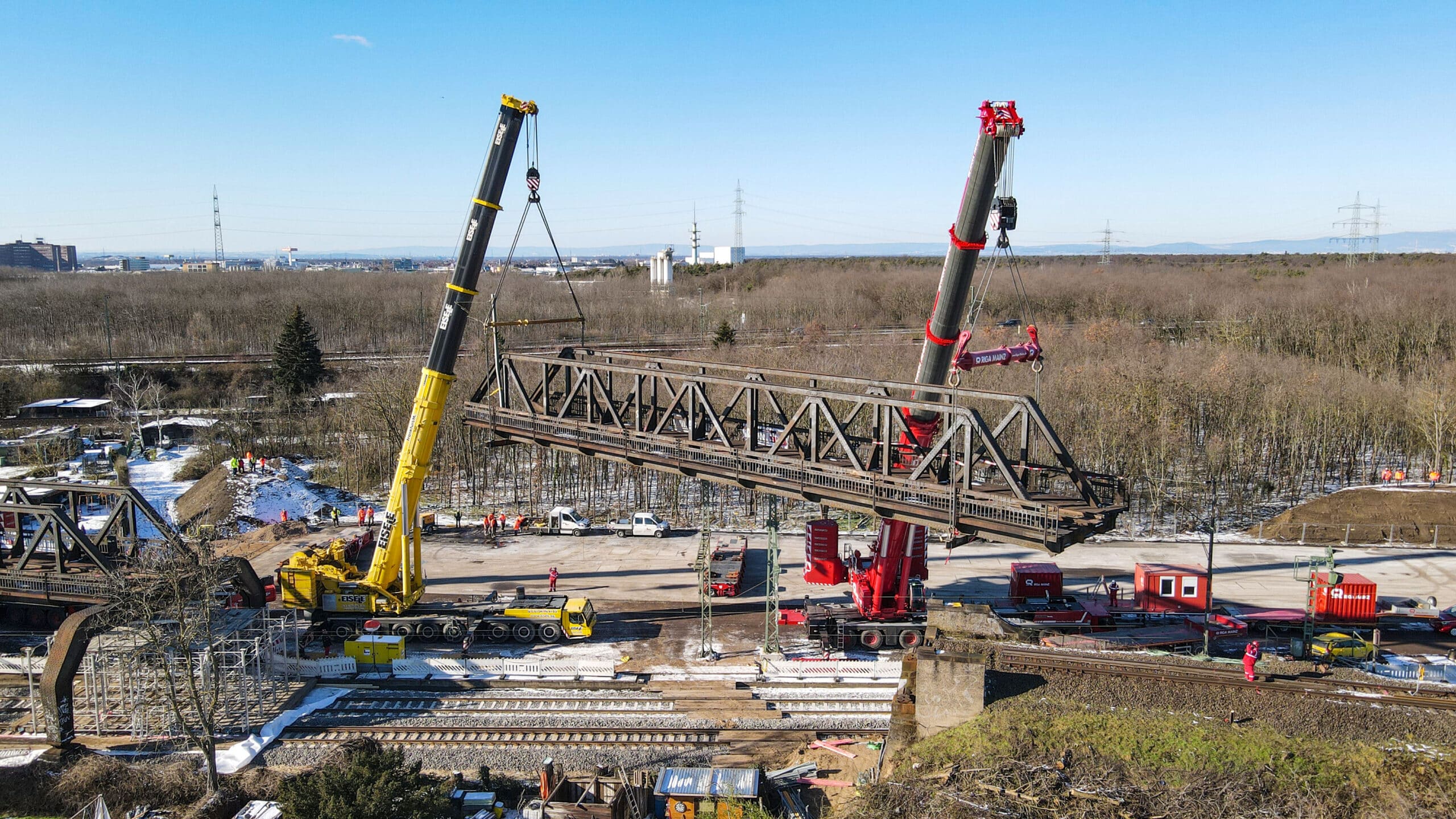When embarking on a construction project or any operation that requires heavy lifting in challenging terrains, choosing the right equipment is crucial. Rough terrain cranes are designed to handle difficult conditions, making them ideal for various outdoor construction and infrastructure projects. However, with various models and specifications available, selecting the appropriate rough terrain crane for your specific project can be a daunting task. In this blog post, we will guide you through the essential factors to consider when choosing the right rough terrain crane for your project.
- Project Requirements Assessment
Before diving into the specifications of rough terrain cranes, start by thoroughly evaluating the requirements of your project. Consider the following factors:
- Maximum Load Capacity: Determine the maximum weight you need to lift to ensure the crane’s capacity meets your project demands.
- Lift Height and Radius: Assess the required lift height and radius to ensure the crane can reach all areas on the job site.
- Terrain and Environment: Evaluate the roughness of the terrain and the prevailing environmental conditions (e.g., temperature, wind speed) to choose a crane that can withstand and operate effectively in such conditions.
- Job Site Access: Consider the accessibility of your job site, including any narrow or restricted areas that may impact the crane’s maneuverability.
- Crane Capacity and Specifications
Once you have a clear understanding of your project requirements, focus on the capacity and specifications of rough terrain cranes available. Key factors to consider include:
- Maximum Lifting Capacity: Choose a crane with a lifting capacity that exceeds your project’s maximum load requirement for safety and to accommodate any potential future needs.
- Boom Length: Select the appropriate boom length to ensure the crane can reach the desired lift height and radius.
- Outrigger System: Check the outrigger system’s stability and extension capabilities to maintain balance on uneven terrain.
- Mobility and Compactness: Opt for a crane that offers good mobility and a compact design to navigate tight spaces and rough terrains with ease.
- Safety Features and Technology
Safety should always be a top priority when selecting any heavy machinery, including rough terrain cranes. Look for the following safety features:
- Load Moment Indicators (LMIs): LMIs provide real-time information on the crane’s load capacity, helping operators avoid overloading and potential accidents.
- Anti-Two Block System: This system prevents the hoist from lowering when the hook is at or near the boom tip, reducing the risk of the hook and load colliding with the boom tip.
- Operator Cab Safety: Ensure the operator’s cab is well-designed for visibility, comfort, and protection.
- Automatic Leveling: Some cranes offer automatic leveling systems, ensuring stability on uneven ground.
- Fuel Efficiency and Environmental Considerations
In today’s environmentally conscious world, fuel efficiency and emission reduction are important factors to consider. Choose a rough terrain crane that complies with emission standards and offers efficient fuel consumption to minimize environmental impact and operating costs.
Conclusion
Selecting the right rough terrain crane for your project is a critical decision that requires careful evaluation of project requirements, crane specifications, safety features, and environmental considerations. By considering these factors and consulting with crane experts, you can make an informed choice that ensures smooth operations, maximizes productivity, and prioritizes safety on your job site. Remember, investing time in research and planning will pay off in the long run, as the right crane will enhance project efficiency and ultimately contribute to its success.



